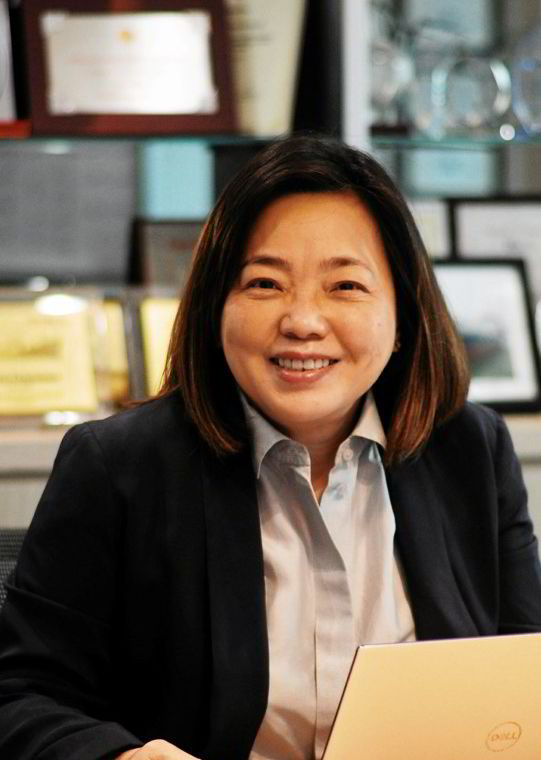Nobody should have been surprised when Singapore's Pacific International Lines revealed that the new board appointed after Heliconia Capital Management became its main shareholder was entirely male.
Despite Singapore actively pushing for greater inclusivity at C-suite level, the gender gap for shipping-related companies remains wide.
A senior shipping executive in the city-state claimed the lack of gender diversity is something that has been recognised.
The problem, he added, is not a lack of corporate willingness, but a dearth of suitable candidates in an industry that has had few women in senior executive positions until very recently.
In April, Singapore’s Council for Board Diversity (CBD) released a telling report on the lack of boardroom participation by women at Singapore-listed companies and public-sector organisations.
But the findings do show efforts to reduce the gender gap are creaking along, albeit very slowly.
In 2020, the proportion of women on boards of government statutory bodies increased by 2.4%, to 27.5%, while the top 100 primary-listed companies on the Singapore Exchange (SGX) improved by 1.4% to reach a 17.6% representation.

Based on comparisons provided by the CBD, Singapore’s female board representation at the country's top 100 listed companies was better than Hong Kong's, at 13.9%, and Japan's, at 12.9%.
Nevertheless, Singapore still has a long way to go to catch up with Norway at 42.5%, and countries such as the UK, Australia and New Zealand, all of which came in at above 30%.
The government-supported CBD has a long-term ambition for equal gender representation on boards. It set intermediate targets of 20% women for listed companies by the end of 2020, 25% by the end of 2025 and 30% by the end of 2030.
Its target for statutory boards is 30% as soon as possible.
These are purely guidelines as neither the Singapore government nor the SGX has legislation requiring companies to have specific levels of female representation on corporate boards.
Shipping lags behind
The CBD report did not provide shipping industry-specific data on the percentage of women on boards, but at TradeWinds’ request the council did supply data that highlighted just how far the maritime sector lags behind Singapore's national average.
The proportion of women as directors of the 21 Singapore-listed maritime sector companies and related statutory boards averaged just 11.4%.
Nine out of the 21 listed companies had no women on their boards. None approached were willing to discuss this lack of gender diversity.
Council officials told TradeWinds it was difficult to gauge the overall picture for Singapore’s maritime sector as the vast majority of companies within it are privately owned and the composition of their boards was not known.

International Chamber of Shipping chairman Esben Poulsson, an industry veteran who served as president of the Singapore Shipping Association from 2011 to 2019, told TradeWinds that the number of women on the boards of private, family-owned companies is higher.
For the listed corporates, Poulsson said the problem is more acute due to a lack of women candidates.
Service segments
"It goes back to the fact that shipping was traditionally perceived as a male industry. This has been slowly changing and what we have seen is a large number of women coming into service segments such as law, accounting and insurance," he explained.
"Now we are seeing more women coming in as chief financial officers. The trend is well established and will soon spill over into boardrooms."
Poulsson added that there is full awareness at most shipping companies that closing the gender gap is the right thing to do.
"They would like to do it but they have difficulty identifying the right person. It has to be merit-based. They don't want to be accused of tokenism," he said.
The problem, he added, is faced by shipowners globally, not just in Singapore.
Poulsson said that as shipping slowly changes with technology, people from non-shipping backgrounds will come into the industry, which should further help increase diversity.






